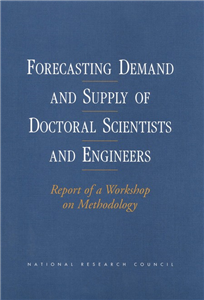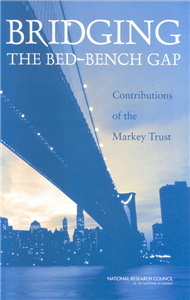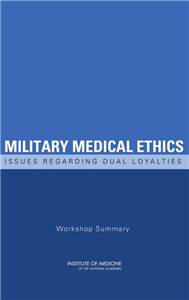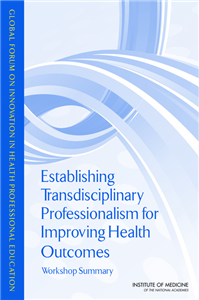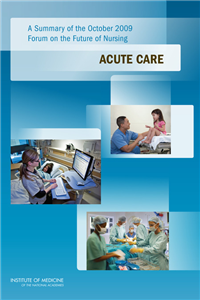Adult education, continuous learning
August 2000
Interdisciplinary research is a cooperative effort by a team of investigators, each an expert in the use of different methods and concepts, who have joined in an organized program to attack a challenging problem. Each investigator is responsible for the research in their area of discipline that applies to the problem, but together the investigators are responsible for the final product. The need for interdisciplinary training activities has been detailed over the last 25 years in both public and private reports. The history of science and technology has even shown the important advances that arose from interdisciplinary research, including plate tectonics which brought together geologists, oceanographers, paleomagnetists, seismologists, and geophysicists to advance the ability to forecast earthquakes and volcanic eruptions. In recognition of this, the need to train scientists who can address the highly complex problems that challenge us today and fully use new knowledge and technology, and the fact that cooperative efforts have proved difficult, the National Institute of Mental Health (NIMH), the National Institutes of Health (NIH) Office of Behavioral and Social Sciences Research (OBSSR), the National Institute on Nursing Research (NINR), and the National Institute on Aging (NIA) requested that an Institute of Medicine (IOM) Committee be created to complete several tasks including: examining the needs and strategies for interdisciplinary training in the brain, behavioral, social, and clinical sciences, defining necessary components of true interdisciplinary training in these areas, and reviewing current educational and training programs to identify elements of model programs that best facilitate interdisciplinary training. Bridging Disciplines in the Brain, Behavioral, and Clinical Sciences provides the conclusions and recommendations of this committee. Due to evaluations of the success of interdisciplinary training programs are scarce, the committee could not specify the "necessary components" or identify the elements that "best facilitate" interdisciplinary training. However, after reviewing existing programs and consulting with experts, the committee identified approaches likely to be successful in providing direction for interdisciplinary endeavors at various career stages. This report also includes interviews, training programs, and workshop agendas used.











